What You'll Learn: How to record guitar using completely free software. No expensive gear or software required!
What This Guide Is For
This is a beginner-friendly guide to recording guitar using completely free software. Whether you're a complete beginner or have some experience, this guide will show you how to set up a professional-quality recording system without spending a dime on software.
You'll learn:
- How to download and set up Reaper DAW (completely free)
- Which audio interface to buy for your guitar
- How to install and use free VST plugins for guitar amps, effects, and mixing
- Complete signal chain setups for different guitar tones
- How to record, mix, and master your guitar tracks
What you need: A computer, a guitar, and an audio interface (affordable options are recommended). That's it! All the software in this guide is completely free to download and use.
Perfect for: Guitarists who want to record their playing, create demos, practice with backing tracks, or start producing their own music without expensive studio software.
Important Note: The art of recording and mixing is not something you learn quickly. It takes ear training and a lot of time spent using the tools and learning about the subject. However, technically a professional mixer could get a good professional-sounding song with Reaper and these plugins. This guide gives you the tools - developing the skills takes practice and patience.
Table of Contents
Getting Started
Tone & Effects
Mixing & Production
The Guitar
Before we dive into software and plugins, let's talk about the most important part of your recording setup: your guitar and how you play it.
Essential Guitar Setup:
- Keep it in tune: Your guitar must be in tune before recording. Use a tuner and check tuning frequently. Reaper has a built-in tuner plugin called ReaTune that you can use.
- Use new strings: New strings sound the best and professional audio engineers always record with new strings.
- Performance quality matters: The quality of your performance will contribute more to the sound than any plugins will.
- Check your levels: Ensure your audio interface is set to the right level - not too loud or quiet. Most audio interfaces show red when the signal is too "hot".
Computer Requirements
Before diving into the software setup, here's what you need to know about computer requirements for VST recording:
Computers purchased after 2020
Should generally handle VST recording with low-latency monitoring, assuming they weren't budget/entry-level models.
Computers purchased after 2018
Will likely work well if they have: mid-range or better processors (not Celeron, Pentium, or bottom-tier chips), at least 8GB RAM, and an SSD as the primary drive.
Computers purchased after 2015
Might work but you'll want to verify the specific specs, as this is when many systems started including the processing power needed for real-time audio work.
Getting Reaper DAW
Reaper is the foundation of this entire guide - you'll need it to use all the free plugins mentioned below.
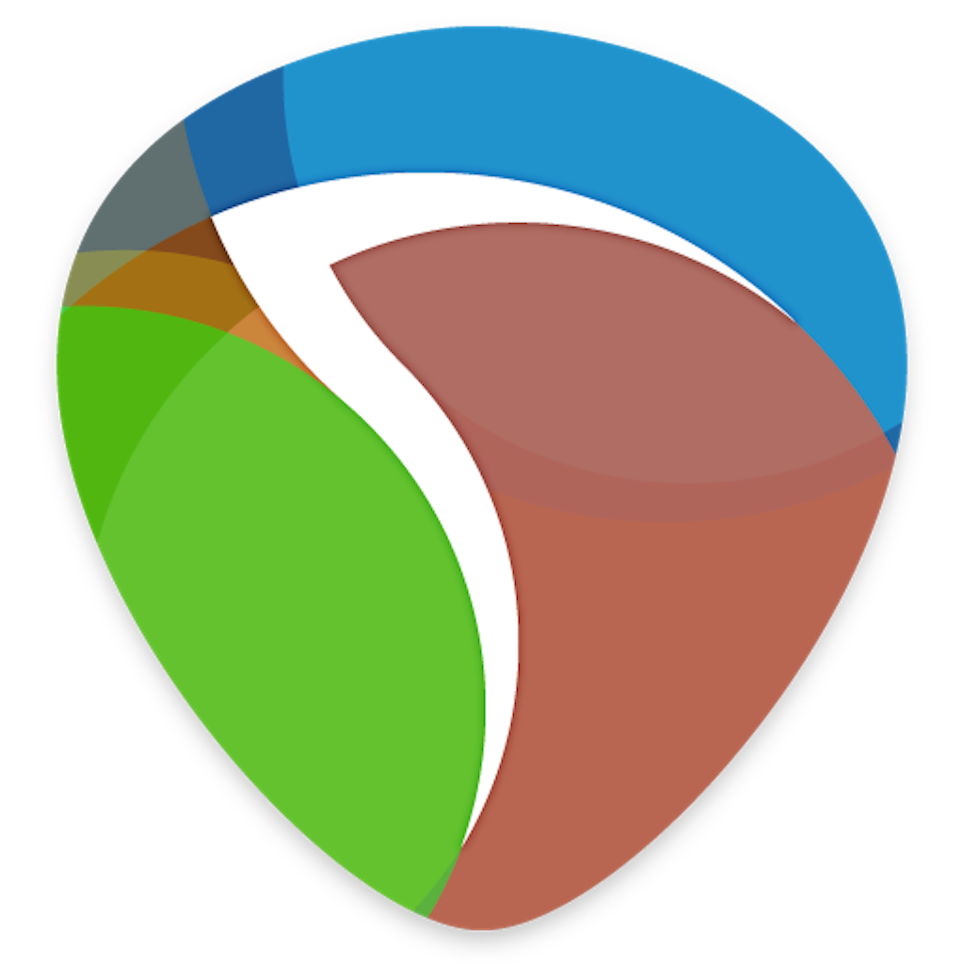
What is Reaper?
Reaper (Rapid Environment for Audio Production, Engineering, and Recording) is a Digital Audio Workstation (DAW) - the software that lets you record, edit, mix, and master music on your computer.
What it does:
- Records audio from microphones, instruments, and line inputs
- Plays back multiple tracks simultaneously (unlimited tracks)
- Hosts plugins - loads VST effects and instruments into your projects
- Mixes songs - blend all your tracks together with volume, panning, and effects
- Edits audio - cut, copy, paste, stretch, and manipulate audio files
- Creates final masters - export finished songs to MP3, WAV, etc.
Unlike bloated alternatives, Reaper is:
- Lightweight: Under 20MB installation size
- Stable: Runs smoothly even on older computers
- 60-day evaluation period, then $60 USD license required: Software remains fully functional after 60 days but displays evaluation reminder. You are strongly encouraged to purchase license for continued use.
- Flexible: Completely customizable interface and workflow
- No Limits: Unlimited tracks, plugins, and projects
Download Reaper
Official Download: https://www.reaper.fm/download.php
Learning Reaper
Reaper has a learning curve, but these resources will get you up to speed quickly:
Official Resources
1. Cockos Forum
- Forum: https://forum.cockos.com/
- Why Essential: Official community forum with developer participation
- Focus: Technical discussions, bug reports, feature requests, user support
- Best For: Getting help with specific issues and staying updated on development
2. Official Reaper Videos
- Videos: https://www.reaper.fm/videos.php
- Why Essential: Official video tutorials from Cockos, the creators of Reaper
- Focus: Comprehensive tutorials covering everything from basics to advanced features
- Best For: Learning Reaper systematically with official, up-to-date content
Essential YouTube Channels
1. ReaperMania (Kenny Gioia) - Most Popular
- Channel: https://www.youtube.com/c/REAPERMANIA
- Why Essential: Kenny Gioia is a multi-platinum producer who creates THE definitive Reaper tutorials
- Focus: Professional techniques, native Reaper features, mixing/mastering
- Posting: New tutorial every week
- Best For: All levels, from beginner to advanced
2. ReaperBlog
- Channel: https://www.youtube.com/@TheREAPERBlog
- Why Essential: Popular Reaper tutorial channel by Jon Tidey with feature demos and updates
- Focus: New features, official demonstrations, developer insights
- Best For: Staying current with latest Reaper developments
Audio Interfaces
Before diving into plugins, you'll need an audio interface to connect your guitar to your computer. Here are two excellent options for beginners:
1. Focusrite Scarlett Solo (3rd Gen) - Most Popular
- Description: Compact USB audio interface with excellent sound quality
- Best For: Solo recording, guitar and vocals, home studio setup
- Features: 1 XLR/TRS combo input, 1 instrument input, 2 outputs, direct monitoring
- Why Popular: Reliable, great sound quality, easy to use, excellent value
- Buy: Music Planet NZ
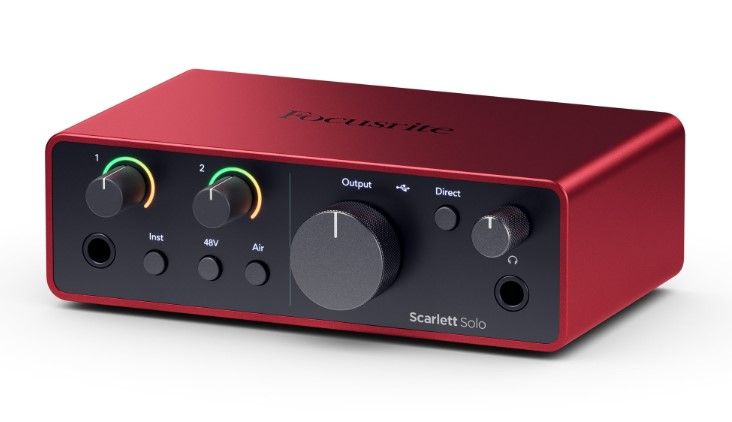
2. PreSonus AudioBox USB 96
- Description: USB audio interface with Studio One Artist DAW included
- Best For: Beginners who want a complete recording package
- Features: 2 inputs, 2 outputs, includes Studio One Artist software
- Why Choose: The cheapest option that still offers good quality
- Buy: MusicWorks NZ
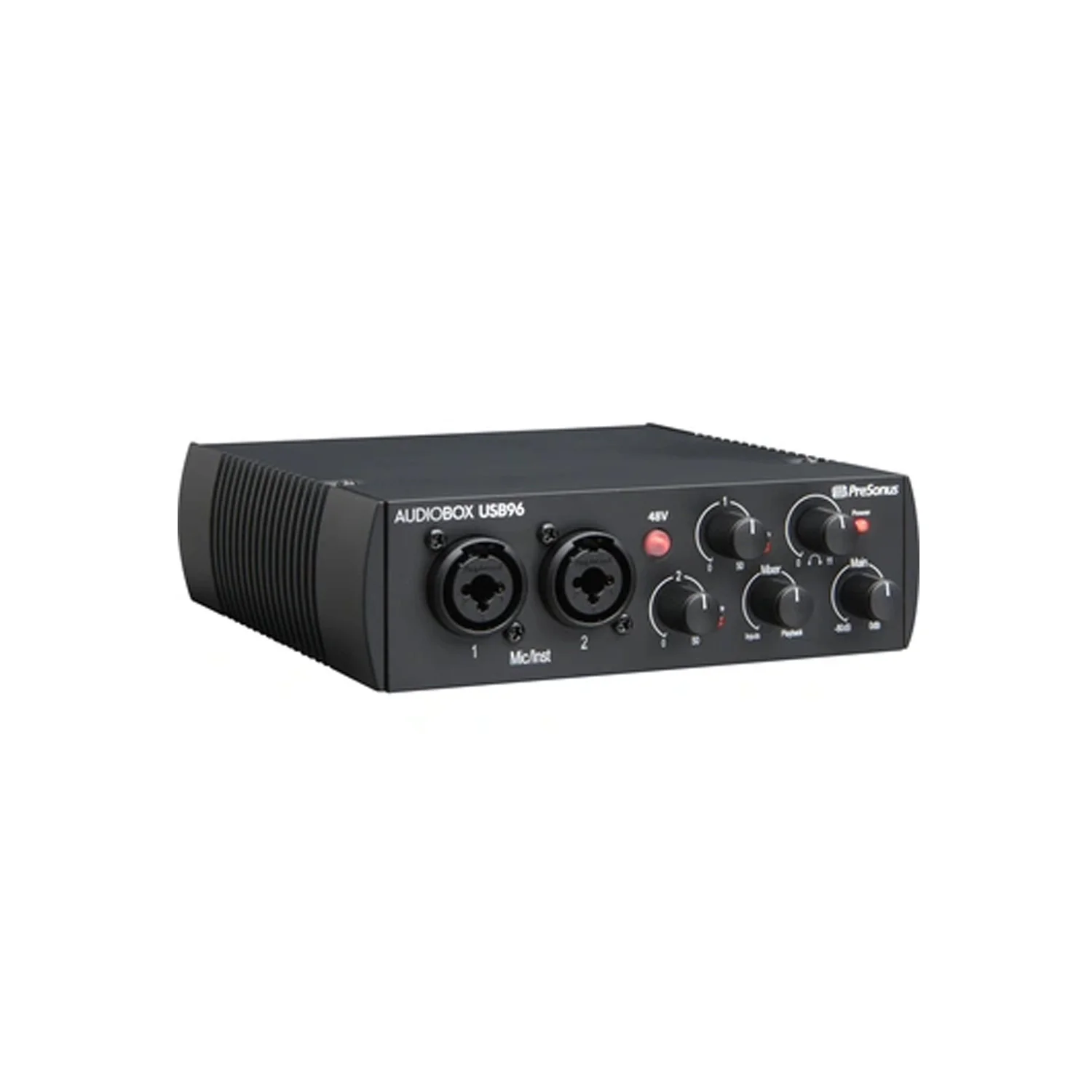
Audio Interface Setup & Reaper Device Settings
Before you can use any plugins, you need to set up your audio interface properly in Reaper. Here are the exact settings you need:
Essential Audio Interface Settings
Step-by-Step Device Configuration:
- Open Reaper Preferences: Options → Preferences (or Ctrl+P / Cmd+,)
- Navigate to Device Settings: Audio → Device
- Select Your Audio Interface: Choose your interface from the "Audio System" dropdown
- Set Sample Rate: 44.1kHz or 48kHz (44.1kHz recommended for most music)
- Set Buffer Size: 256 samples for recording, 512-1024 for mixing
ASIO for All (Windows Users):
If you don't have a dedicated audio interface or your interface doesn't support ASIO, download ASIO for All to get low-latency audio on Windows.
- Download: https://www.asio4all.org/
- What It Does: Creates a virtual ASIO driver that works with your built-in sound card
- Benefits: Much lower latency than Windows default audio drivers
- Setup: Install, restart Reaper, select "ASIO4ALL v2" in Audio Device dropdown
Plugins
Now let's explore the essential free VST plugins that will give you professional-quality sounds. These plugins are organized by category to help you build your perfect signal chain.
How to Install Plugins
Important: We're only downloading VST format plugins. Installation differs between Mac and Windows:
Mac Installation (Simple):
- Download and install the plugin for Mac
- Next time you open Reaper, the plugin will be available
- To use: Press Command+T (or Ctrl+T) to create a new track, or select an existing track
- Click the FX button on the track
- Select the plugin and click Add
Windows Installation:
- First, check where your plugins folder is in Reaper: Options → Preferences → Plugins → VST
- When downloading the VST plugin, install it and copy the folder path
- Paste the folder path where it asks for where to save the plugin
Guitar Amps & Cab/Impulse Response Loaders
What These Do: Guitar Amp Simulators recreate the sound of real tube and solid-state amplifiers in software. Instead of needing a physical amp, you plug your guitar directly into your audio interface and the plugin provides the amp sound.
Cabinet Simulators/IR Loaders recreate the sound of speaker cabinets and microphones. They complete the guitar signal chain: Guitar → Amp Sim → Cabinet Sim = Full guitar tone.
Why You Need Both: A guitar amp without a speaker cabinet sounds thin and harsh. The cabinet simulation adds the essential speaker coloration and room acoustics that make electric guitar sound natural and full.
Guitar Amp Simulators
1. Neural Amp Modeler (NAM) (FREE) - Revolutionary AI-Powered
- Description: Revolutionary AI-powered amp modeling that captures the exact sound of real amplifiers using machine learning. People clone their real amps and share the "profiles" - you can download these profiles to get the exact sound of specific amplifiers.
- Best For: Ultra-realistic amp tones that sound indistinguishable from the real hardware
- Features:
- Load custom amp captures from the community
- Ultra-low latency (under 1ms)
- Captures both clean and overdriven tones
- Works with any guitar or bass
- Free amp captures available from ToneHunt.org
- Download: https://neuralampmodeler.com/
- Setup Guide: Complete NAM Setup & Usage Tutorial
- Community Captures: https://tonehunt.org/ - Thousands of free amp captures
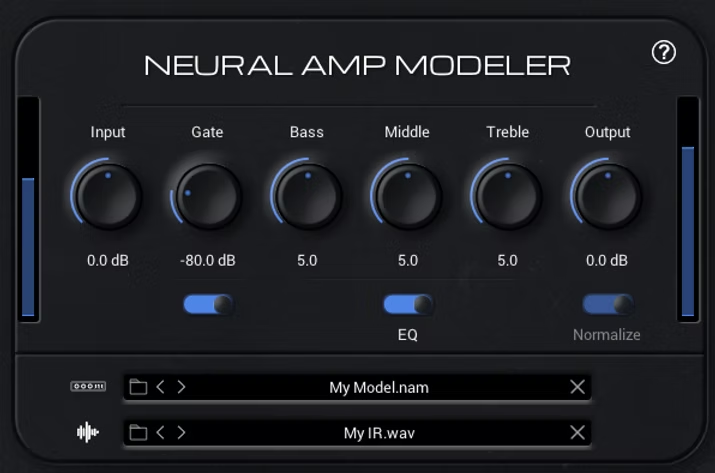
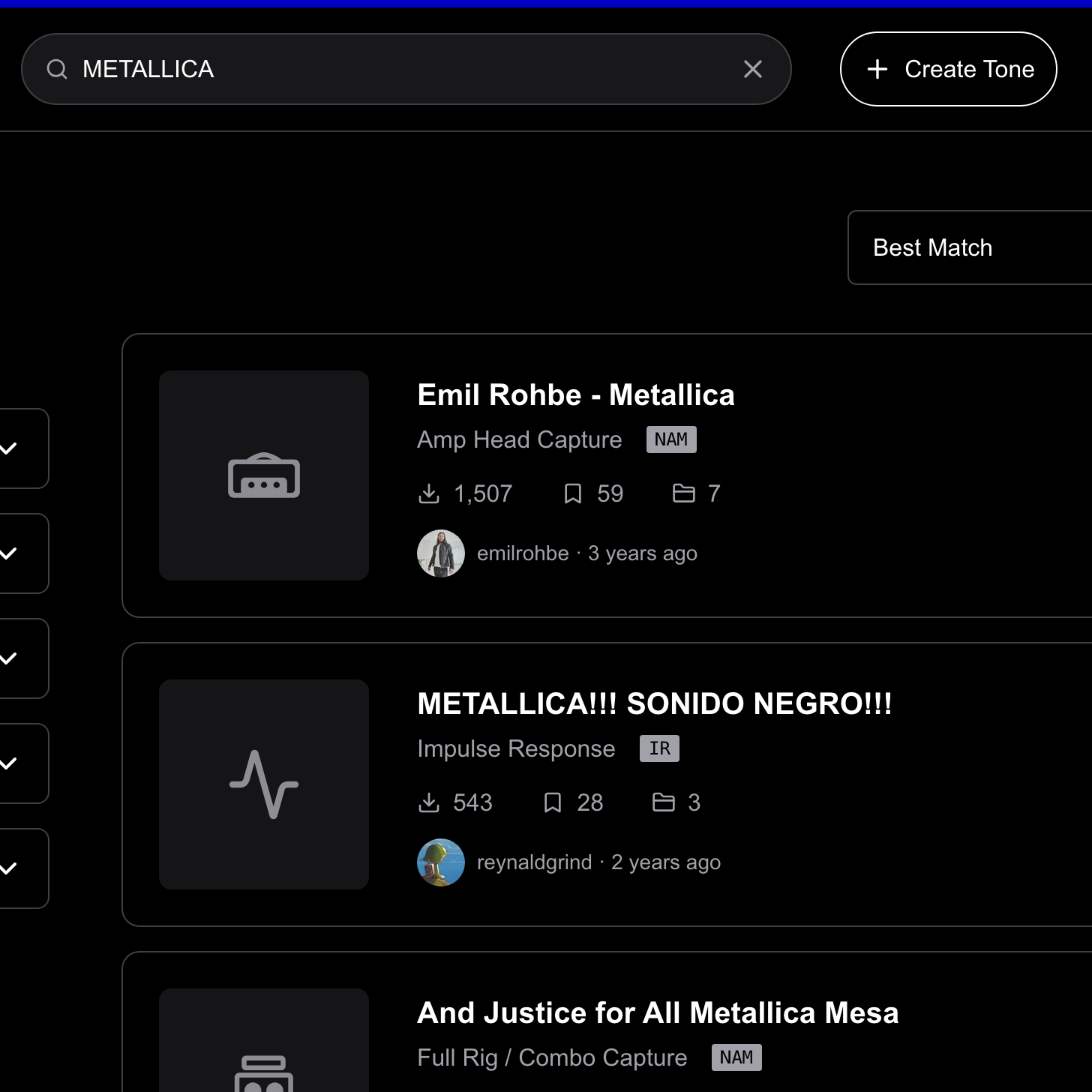
ToneHunt.org - Free Amp Captures
2. Ignite Amps Emissary (FREE)
- Description: Digital emulation of a custom dual-channel guitar tube amplifier
- Best For: Modern metal, rock, and heavy music with organic tube saturation
- Features: Clean channel (pristine to slightly overdriven) + lead channel for bone-crushing distortions
- Download: https://www.stltones.com/products/stl-ignite-emissary-plug-in-bundle
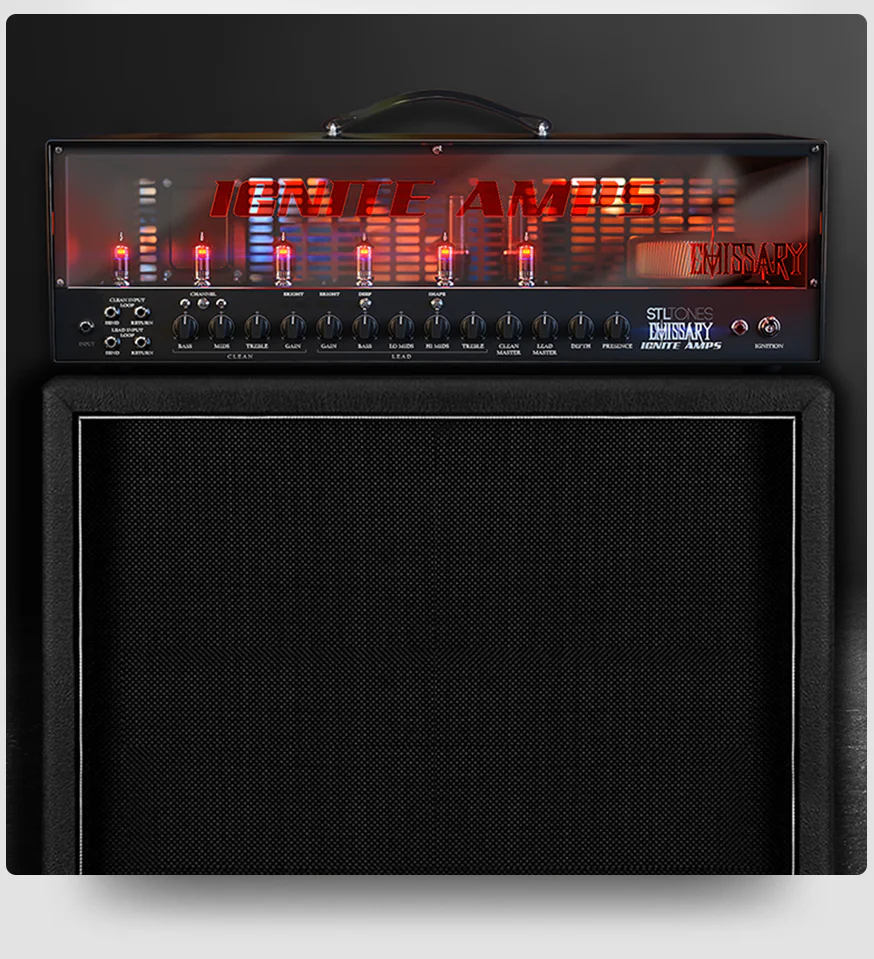
3. Blue Cat's Free Amp (FREE)
- Description: Simple but effective amp simulator with natural tube warmth
- Best For: Clean to moderate overdrive tones with organic character
- Features: 3 amp models (classic clean, classic drive, modern drive) with guitar-friendly tone controls
- Download: https://www.bluecataudio.com/Products/Product_FreeAmp/
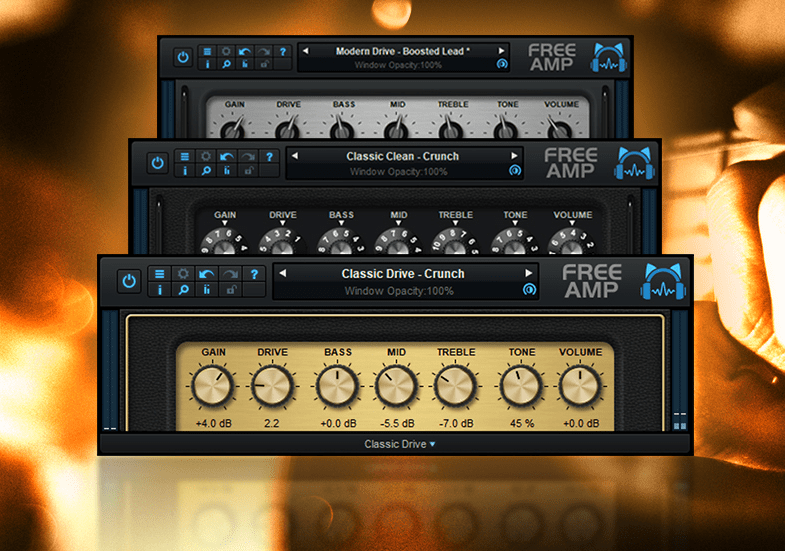
Cabinet Simulators & IR Loaders
What These Do: IR (Impulse Response) loaders allow you to load cabinet and microphone simulations. You'll need to download separate IR files to use with these loaders - they don't come with built-in cabinet sounds.
Where to Get IRs: ToneHunt.org has thousands of free impulse responses for guitar cabinets, bass cabinets, and microphones. You can also find free IRs from other sources like OwnHammer, Celestion, and various amp manufacturers.
1. Ignite Amps NadIR (FREE) - Included in Emissary Bundle
- Description: Zero-latency dual Impulse Response convolver
- Features: Advanced built-in filters and delay controls, includes 6 free impulse responses
- Download: https://www.stltones.com/products/stl-ignite-emissary-plug-in-bundle
- Note: Comes bundled with Emissary amp simulator - both plugins in one download
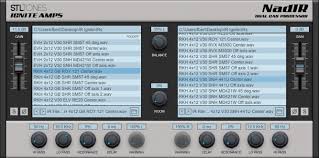
2. Pulse 2 by Lancaster Audio (FREE)
- Description: Professional impulse response loader with advanced blending capabilities
- Features: 4 IR slots, intuitive blend control, export custom IRs, includes 4 free IRs
- Best For: Loading and blending third-party impulse responses for realistic cabinet sounds
- Download: https://lancasteraudio.com/shop/plugins/pulse-2/
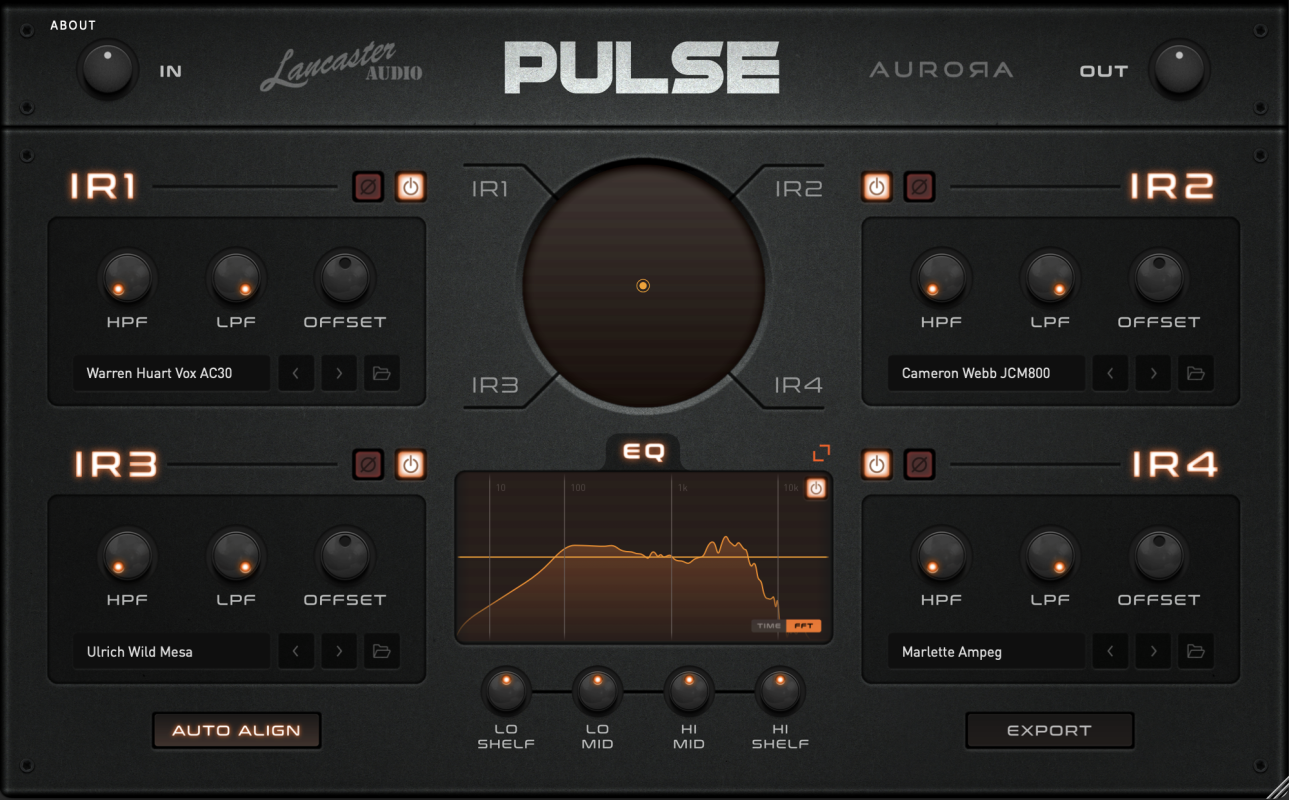
Overdrive Pedals
What These Do: Overdrive pedals add harmonic saturation and distortion to your guitar signal, creating warmth, character, and sustain. They can push your amp harder or provide standalone drive tones.
Why You Need Overdrive: Clean guitar tones often lack character and presence. Overdrive adds the harmonic richness and compression that makes guitar parts cut through a mix and sound more organic and musical.
1. TSE808 (FREE)
- Description: Tubescreamer emulation with classic overdrive character
- Best For: Boosting amps, classic rock tones, blues overdrive
- Features: Drive, tone, and level controls, mid-hump characteristic
- Download: https://www.tseaudio.com/software/tse808
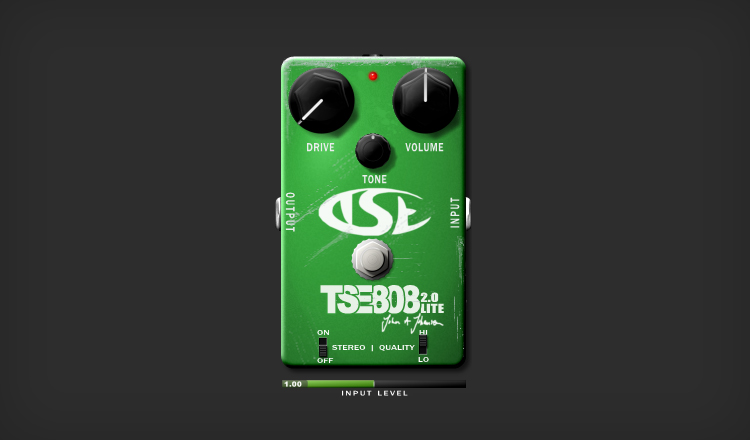
Reverb Plugins
What These Do: Reverb plugins recreate the natural echo and ambience of different spaces. They add depth, space, and atmosphere to your recordings, making them sound like they were recorded in a room, hall, or other acoustic environment.
Why You Need Reverb: While some recordings work well dry (like close-miked vocals or direct bass), most instruments benefit from some sense of space. Reverb adds the natural reflections and decay that occur in real spaces, making your music sound more organic and three-dimensional. It can also help blend instruments together and create a cohesive mix.
1. Valhalla Supermassive (FREE)
- Description: Combines reverb and delay with various organic algorithms
- Best For: Everything from clean repeats to ambient textures with natural decay
- Features: Intuitive interface, high-quality algorithms, zero cost
- Download: https://valhalladsp.com/shop/reverb/valhalla-supermassive/
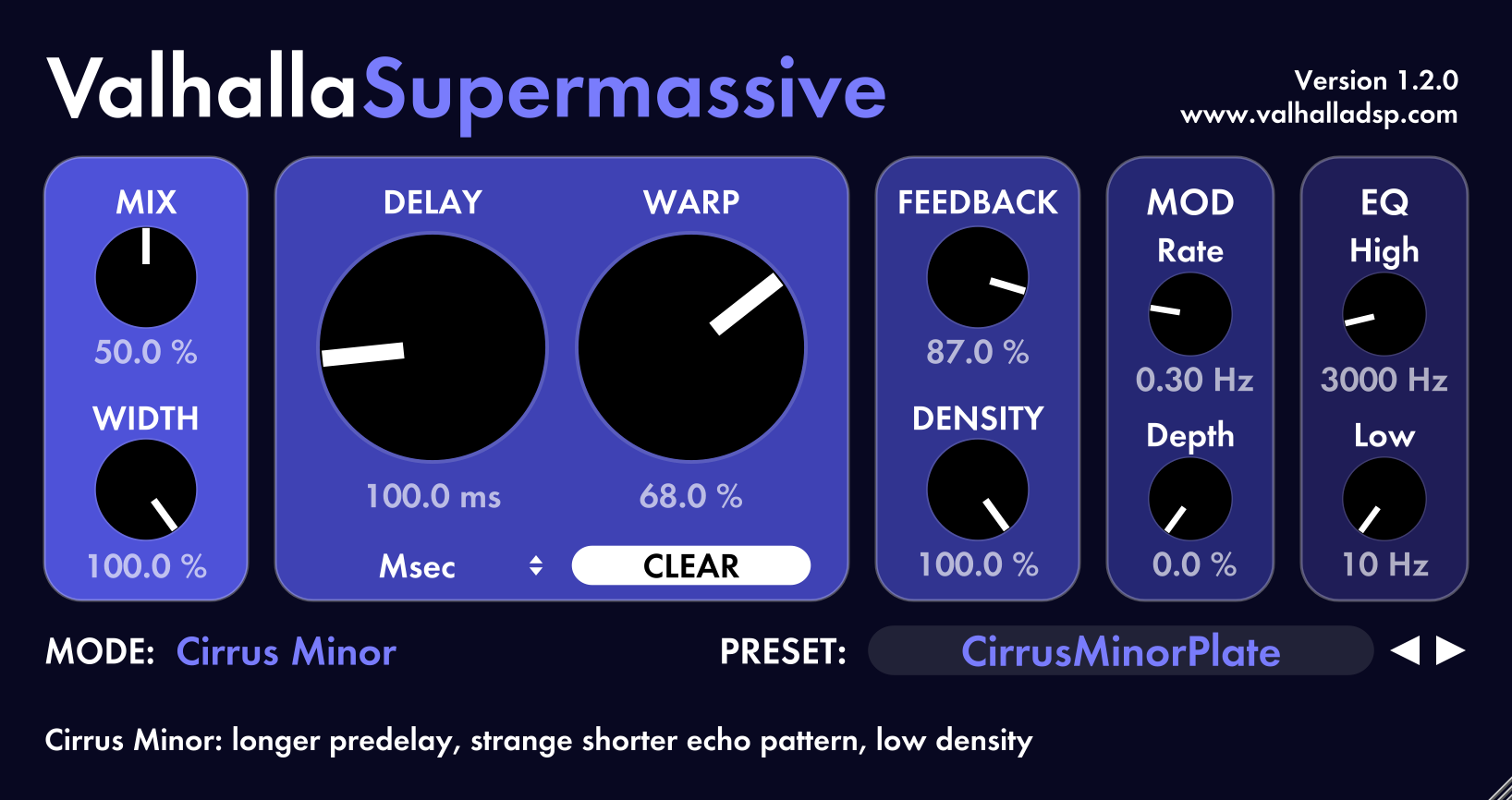
2. epicCLOUDS (FREE)
- Description: Ambient reverb designed for large, open spaces and natural environments
- Best For: Concert halls, cathedrals, outdoor settings, ambient music
- Features: Very high density settings, clarity at all settings, end-to-end true stereo design
- Download: https://varietyofsound.wordpress.com/2024/01/15/epicclouds-released/

3. TAL-Reverb-4 (FREE)
- Description: Classic plate reverb emulation with vintage character
- Best For: Vintage-style organic reverb with analog plate characteristics
- Features: Ability to degrade reverb tail for lo-fi effects, warm analog modeling
- Download: https://tal-software.com/products/tal-reverb-4
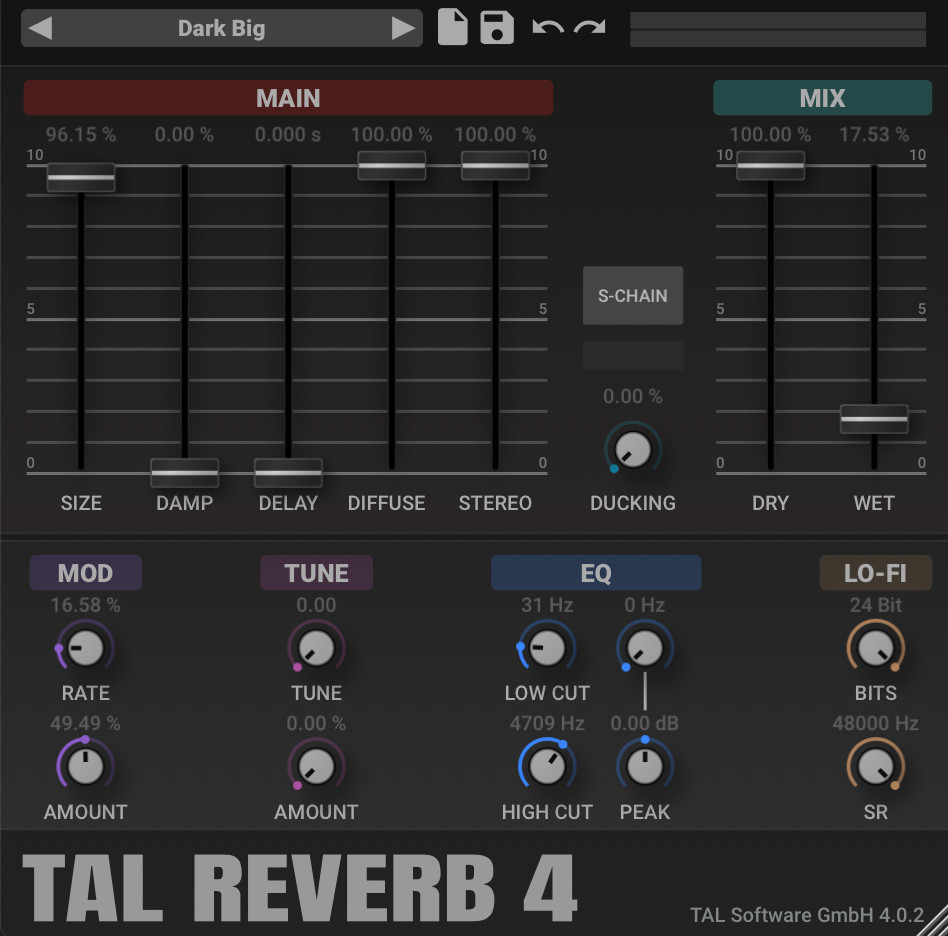
Delay Plugins
What These Do: Delay plugins create echoes by repeating your audio signal after a specified time interval. They can create everything from subtle slapback echoes to complex rhythmic patterns and atmospheric textures.
Why You Need Delay: Delay adds movement, rhythm, and interest to your tracks. It can create space, build tension, or add a sense of groove. Organic delays often include subtle modulation and saturation that mimics vintage hardware.
1. NastyDLA MKII (FREE)
- Description: Warm-sounding tape delay with organic modulation and analog character
- Features: Chorus and modulation settings, tape saturation, vintage warmth
- Best For: Adding analog warmth and natural movement to delays
- Download: https://plugins4free.com/plugin/974/

2. Voxengo Tempo Delay (FREE)
- Description: High-quality stereo delay with musical character
- Features: Tempo-synced operation, stereo processing, clean transparent sound
- Best For: Clean, musical delays that complement organic tones without interference
- Download: https://www.voxengo.com/product/tempodelay/
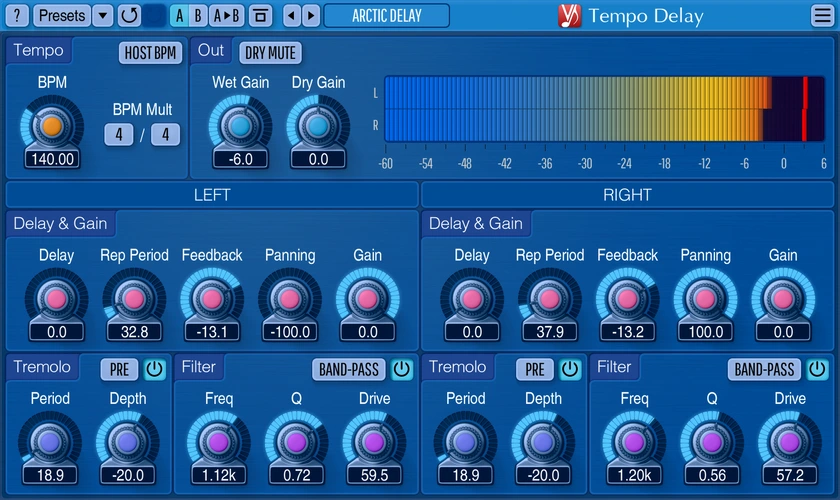
Compressor Plugins
What These Do: Compressor plugins control the dynamic range of your audio by reducing the volume of loud parts while keeping quiet parts audible. They can make tracks more consistent, add punch, or create musical effects.
Why You Need Compression: Natural recordings often have too much dynamic range. Compression helps control levels, adds sustain, and can impart musical character. Organic compressors often add subtle harmonic enhancement and warmth.
1. TDR Kotelnikov (FREE)
- Description: High-fidelity wideband dynamics processor with musical response
- Best For: Transparent, musical compression that preserves organic dynamics
- Features: Side-chain EQ, multiple quality modes, inertia timing, delta oversampling
- Download: https://www.tokyodawn.net/tdr-kotelnikov/

2. Klanghelm MJUC jr. (FREE)
- Description: Variable-mu tube compressor emulation with vintage warmth
- Best For: Adding organic warmth and vintage character to any source
- Features: Classic tube compression behavior, warm saturation, musical timing
- Download: https://klanghelm.com/contents/products/MJUCjr
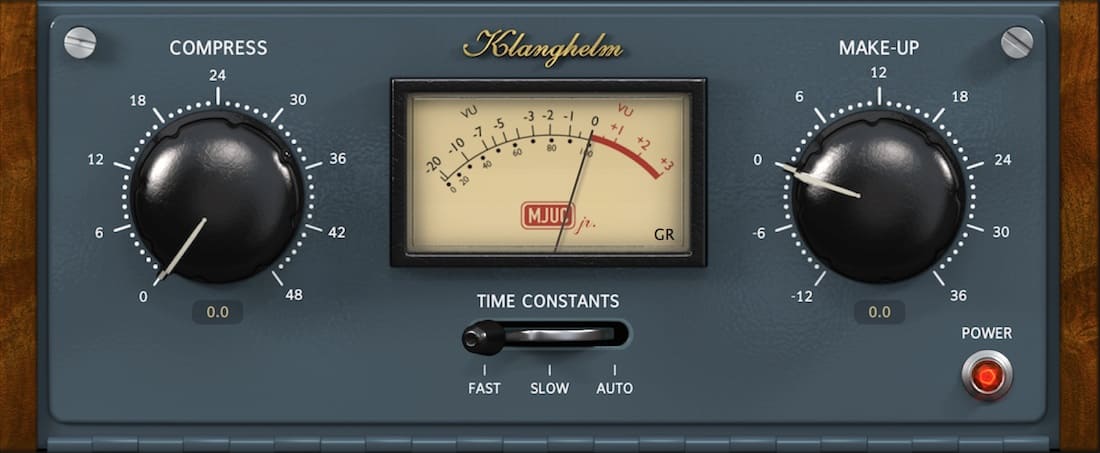
Modulation Effects
What These Do: Modulation effects like chorus, flanger, and tremolo create movement and interest in your tracks by slightly varying the pitch, timing, or phase of your signal. They can add warmth, depth, and a sense of space to individual instruments or entire mixes.
Why You Need Modulation Effects: These effects can transform static, lifeless tracks into dynamic, engaging performances. Chorus adds warmth and thickness, while flanger creates distinctive sweeping effects. Both can help instruments sit better in a mix and add vintage character.
1. TAL-Chorus-LX (FREE)
- Description: JUNO-60 chorus emulation with vintage character
- Best For: Warm, thick chorus effects with authentic vintage sound
- Features: Two chorus modes (I & II), stereo width control, volume and dry/wet mix
- Download: https://tal-software.com/products/tal-chorus-lx
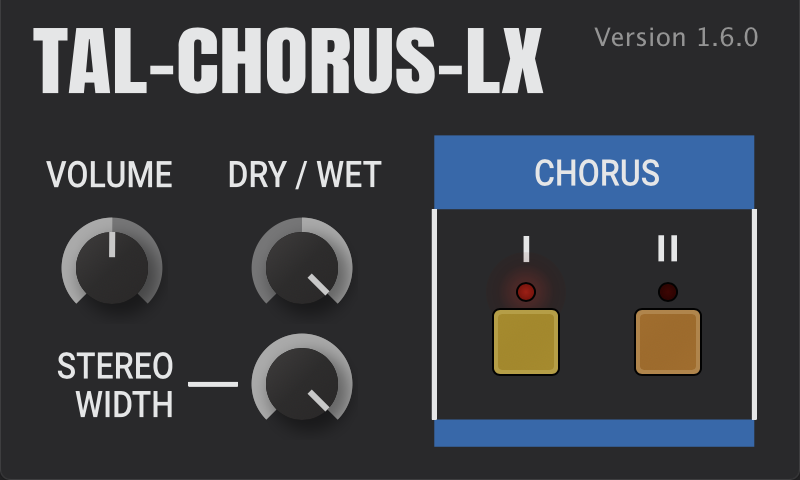
2. Blue Cat's Chorus (FREE)
- Description: Vintage-style chorus with modern interface and controls
- Best For: Classic chorus sounds with precise control over parameters
- Features: Multiple waveform shapes, tempo sync, stereo spread, comprehensive controls
- Download: https://www.bluecataudio.com/Products/Product_Chorus/
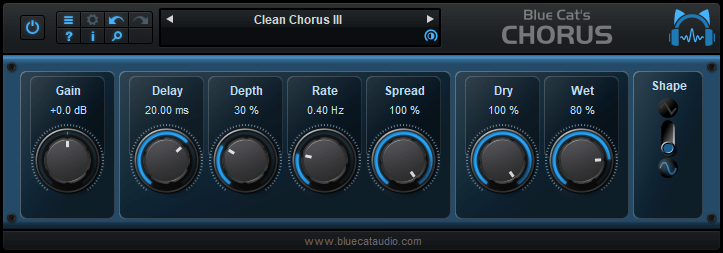
3. TAL-Flanger (FREE)
- Description: Analog stereo flanger with vintage character
- Best For: Classic flanger effects, jet plane sounds, psychedelic textures
- Features: Speed, depth, delay, width, feedback controls, sync/manual modes
- Download: https://plugins4free.com/plugin/690/

4. Adam Monroe's Tremolo (FREE)
- Description: Stompbox style tremolo effect inspired by classic guitar tremolo pedals
- Best For: Classic tremolo effects, vintage amp-style modulation
- Features: Rate, depth, and shape controls for authentic tremolo sounds
- Download: https://adammonroemusic.com/free-tremolo-vst/tremolo-vst-free.html
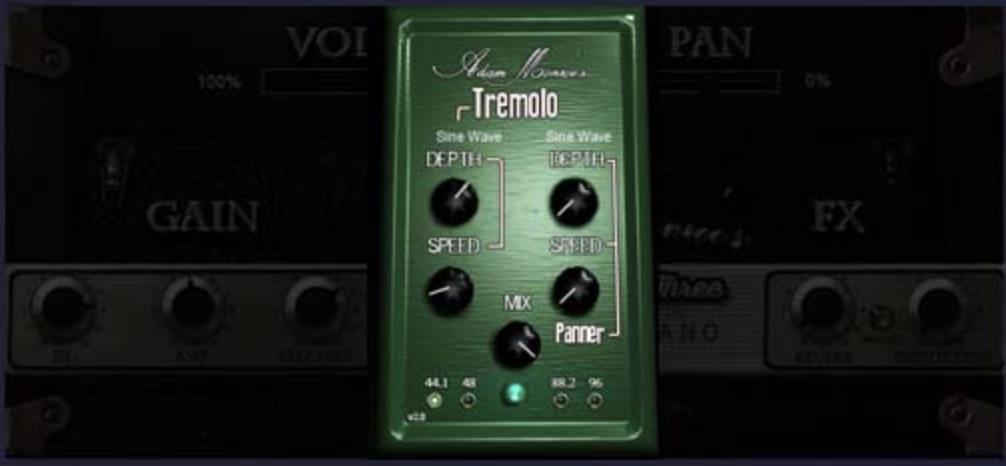
EQ Plugins
What These Do: EQ (Equalizer) plugins allow you to boost or cut specific frequency ranges in your audio. They can shape the tone, remove unwanted frequencies, or enhance desired characteristics of your recordings.
Why You Need EQ: Every instrument and recording has frequency characteristics that need shaping. EQ helps instruments sit better in a mix, removes muddiness, and can add warmth or clarity. Organic EQs often include subtle saturation and musical curves.
1. TDR Nova (FREE)
- Description: Dynamic equalizer with static EQ capabilities and musical response
- Best For: Natural-sounding frequency adjustments that respond dynamically to audio content
- Features: 4 dynamic EQ bands, multiple processing modes, transparent operation
- Download: https://www.tokyodawn.net/tdr-nova/
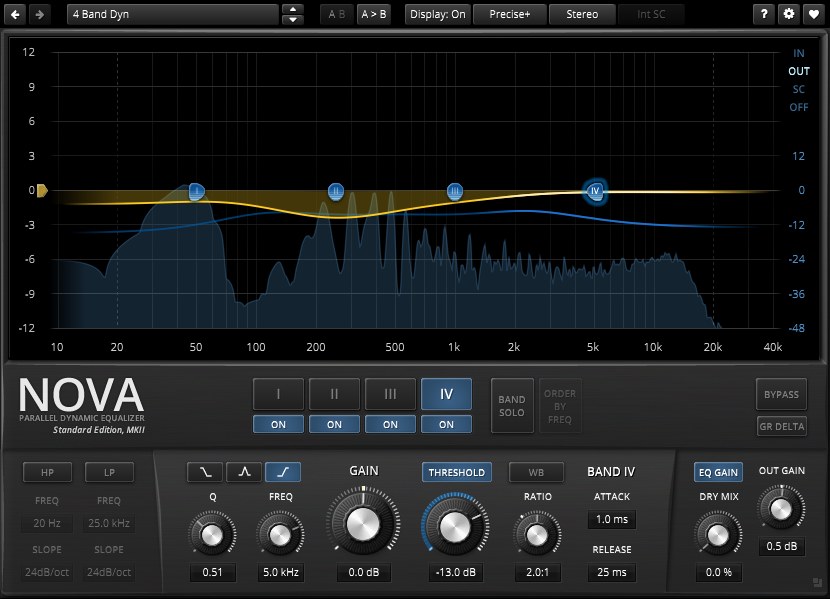
2. TDR SlickEQ (FREE)
- Description: Vintage-style EQ with analog character and musical curves
- Best For: Adding analog warmth and musical EQ shaping with vintage character
- Features: Classic EQ topology with analog modeling, gentle harmonic enhancement
- Download: https://www.tokyodawn.net/tdr-slickeq/

Limiter Plugins
What These Do: Limiter plugins prevent audio from exceeding a certain threshold, ensuring your final mix doesn't clip or distort. They're essential for mastering and controlling dynamic range.
Why You Need Limiters: Without limiting, your final mix might be too quiet or clip when played on different systems. Limiters help achieve commercial loudness while maintaining clarity and preventing distortion.
1. LoudMax (FREE)
- Description: Transparent brickwall limiter with excellent sound quality
- Best For: Mastering, final mix limiting, transparent limiting
- Features: Simple threshold and release controls, true peak limiting
- Download: https://loudmax.blogspot.com/
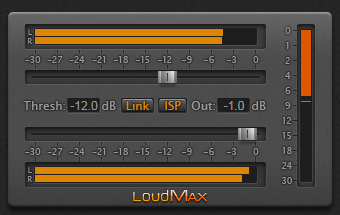
Virtual Instruments
What These Do: Virtual Instruments are software versions of real instruments that you can play with your MIDI keyboard or program with your mouse. They allow you to create a full band sound with guitar, drums, and bass even if you don't have drums or a bass guitar. These plugins let you make complete songs with just your guitar and computer.
Drum Kits
1. MT Power Drum Kit 2 (FREE)
- Description: Professional drum kit with realistic acoustic drum sounds and built-in patterns
- Best For: Rock, pop, and acoustic music with natural drum sounds
- Features:
- Realistic acoustic drum sounds
- Built-in drum patterns and fills
- Individual drum piece control
- Mix-ready sounds with natural ambience
- Easy-to-use interface for beginners
- Download: https://www.powerdrumkit.com/
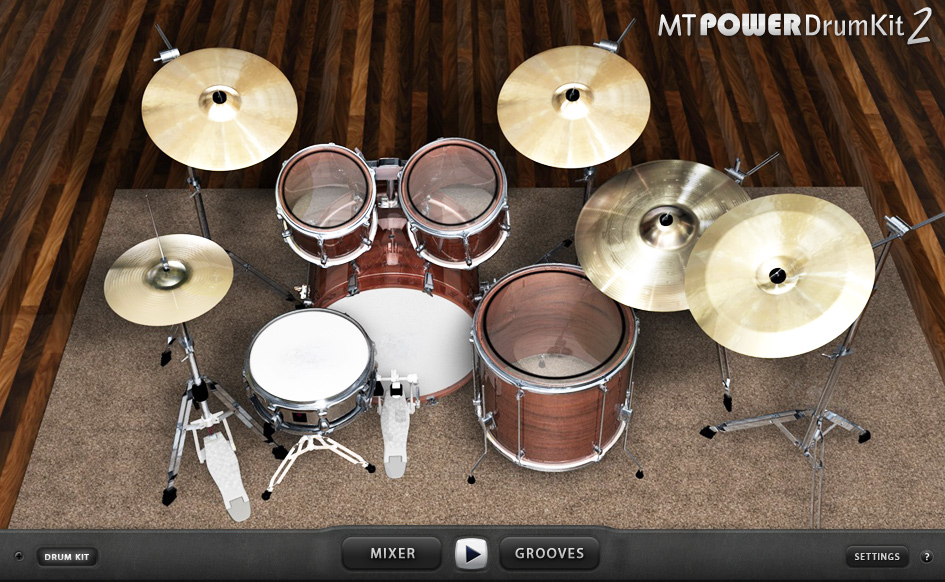

2. Steven Slate Drums 5.5 FREE
- Description: Professional-grade drum samples used by top producers and engineers
- Best For: Modern rock, metal, and pop with punchy, processed drum sounds
- Features:
- Multiple drum kits included
- Professional mixing presets
- Realistic velocity response
- Built-in effects and processing
- Easy pattern creation
- Download: https://stevenslatedrums.com/ssd5/#SSD5FREE

Bass Instruments
1. Ample Bass P Lite II (FREE)
- Description: Realistic electric bass guitar with multiple playing techniques
- Best For: Adding bass lines to any genre - rock, pop, jazz, funk
- Features:
- Multiple playing techniques (finger, pick, slap)
- Realistic string noise and fret sounds
- Built-in effects and amp simulation
- Easy-to-use interface
- Mix-ready sounds
- Download: https://www.amplesound.net/en/pro-pd.asp?id=7
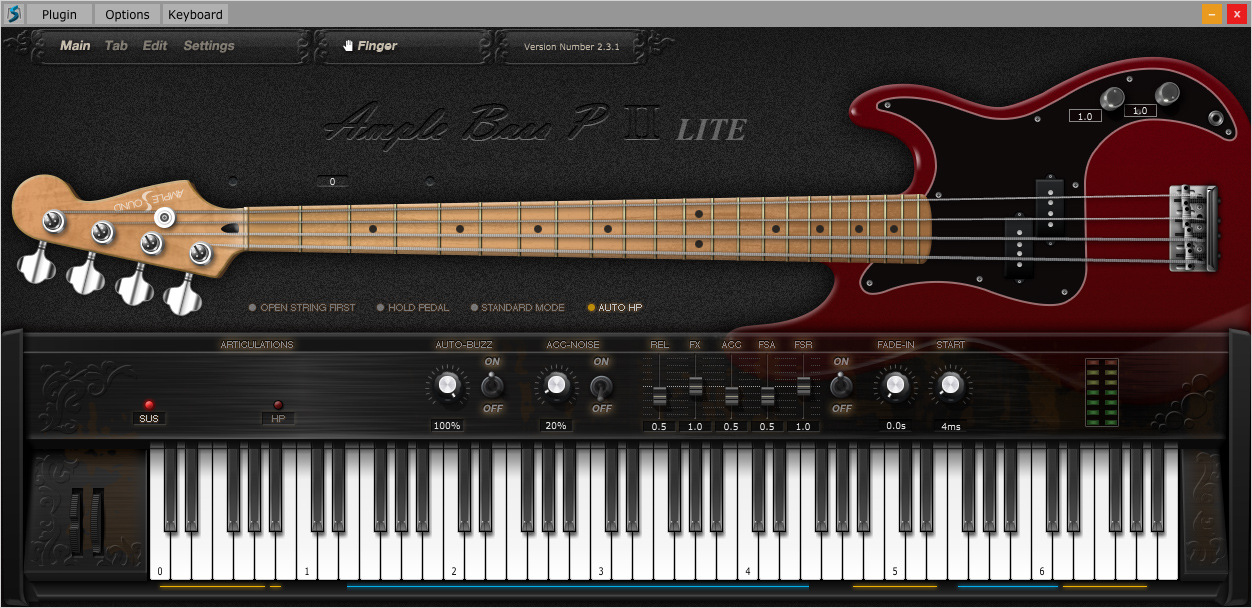
Pro Tips for Virtual Instruments:
- Use velocity variation to make drums sound more human and realistic
- Layer different drum sounds to create unique hybrid kits
- Add slight timing variations to avoid robotic, quantized feel
- Use the built-in patterns as starting points, then customize them
- Process virtual instruments with the same effects you'd use on real instruments
Bass Tone
What These Do: Bass amp simulators and DI emulations provide authentic bass tones without needing expensive hardware. They can add warmth, character, and professional bass sounds to your recordings.
Why You Need Bass Tone: Bass is the foundation of your mix. Good bass tone provides warmth, punch, and helps glue the low end together. These plugins work with both real bass guitars you record and virtual bass instruments (like Ample Bass P Lite II). They give you professional bass sounds instantly.
1. TSE B.O.D. (FREE)
- Description: SansAmp Bass Driver DI emulation with classic bass tone
- Best For: Rock, metal, and aggressive bass tones with punch and clarity
- Features: Drive, blend, presence, and bass controls, stereo processing
- Download: https://www.tseaudio.com/software/tseBOD
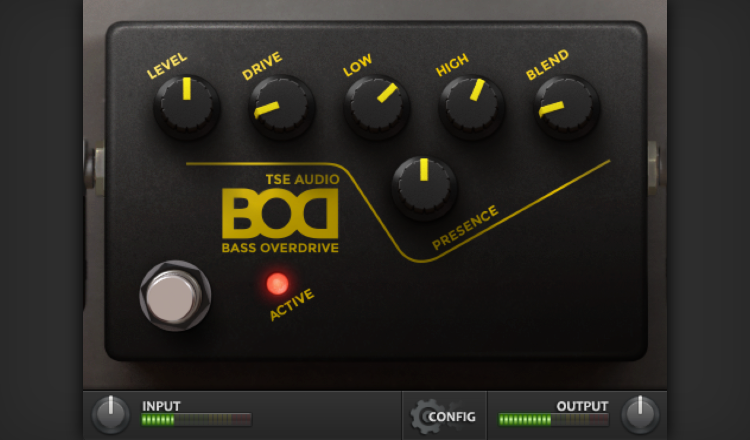
2. SHB-1 by Ignite Amps (FREE)
- Description: Bass amp head simulation with authentic tube character
- Best For: Warm, tube-driven bass tones with natural compression
- Features: Gain, bass, mid, treble, and master controls, 32-bit and 64-bit versions
- Download: https://www.igniteamps.com/

Vocal Plugins
What These Do: Vocal plugins help you process and enhance vocal recordings with effects like compression, distortion, reverb, and delay. They can transform raw vocal recordings into polished, professional-sounding tracks.
1. Vocal Menace by Chris Liepe (FREE)
- Description: All-in-one vocal effects processing plugin with multi-stage compression, distortion, and creative effects
- Best For: Adding character and intensity to vocal recordings, creating unique vocal textures
- Features:
- Multi-stage compression and limiting
- Progressive drives and distortions
- Air and EQ controls
- Unique reverb approach
- Tempo-synced delay
- Internal effects side-chaining
- Download: https://www.mymusicalvoice.com/p/vocal-menace-by-chris-liepe
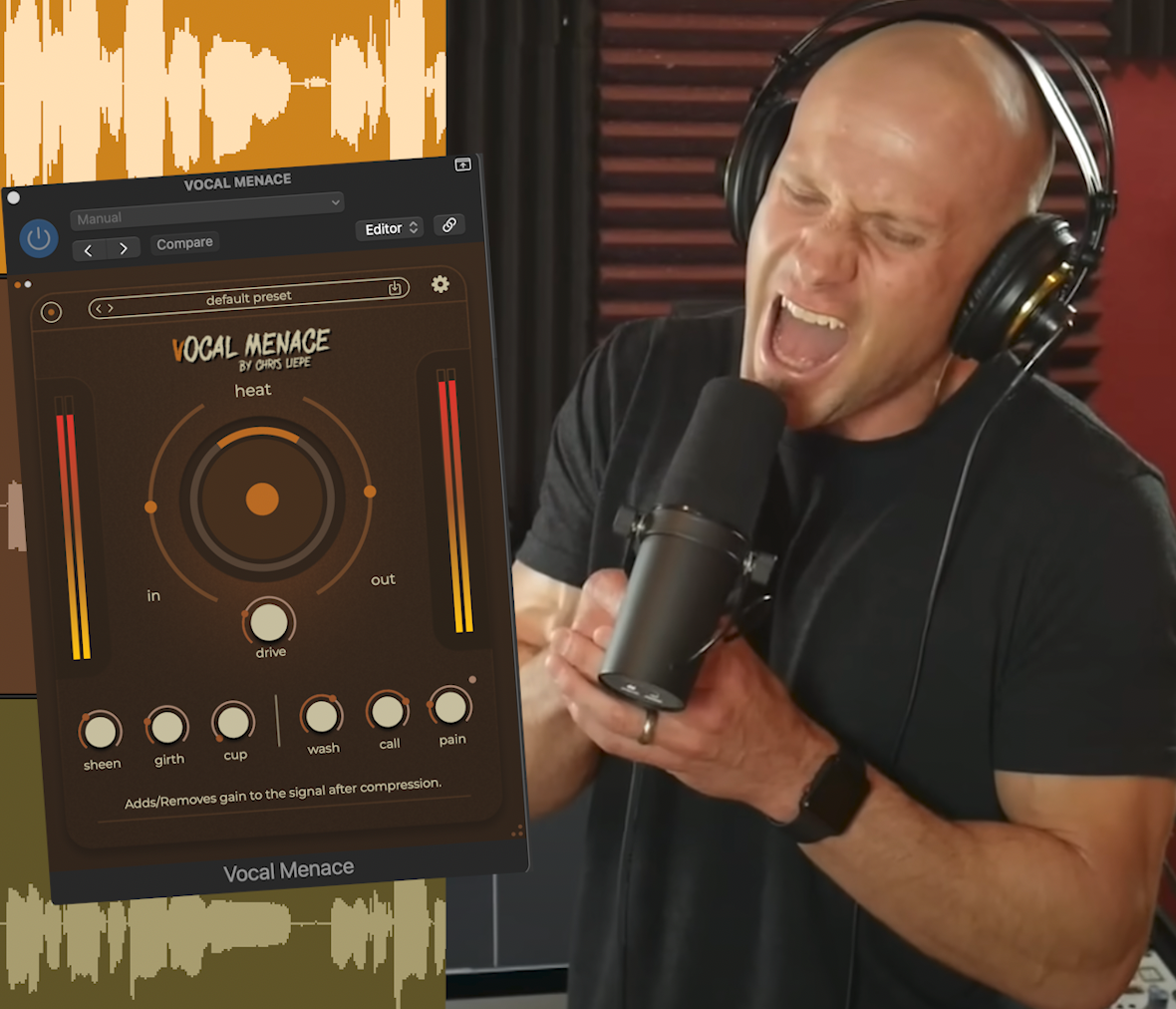
Reaper Plugins
Reaper comes with excellent built-in plugins that are often overlooked. These are professional-quality tools that can replace many third-party plugins.
Essential Built-in Plugins
ReaTune
- What it does: Pitch correction and tuning tool
- Best for: Tuning your guitar before recording, fixing pitch issues
- How to use: Add to a track, play your guitar, and it shows the pitch in real-time
ReaComp
- What it does: Professional compressor with visual feedback
- Best for: Controlling dynamics, adding punch to guitar tracks
- Features: Real-time gain reduction display, multiple compression modes
ReaEQ
- What it does: Parametric equalizer with spectrum analyzer
- Best for: Shaping guitar tone, cutting unwanted frequencies
- Features: Real-time spectrum display, multiple filter types
ReaVerb
- What it does: Convolution reverb with impulse response support
- Best for: Adding space and depth to guitar tracks
- Features: Load custom IR files, built-in room simulations
Pro Tip:
Don't overlook Reaper's built-in plugins! Many professional engineers use ReaComp and ReaEQ as their go-to tools. They're CPU-efficient, sound great, and are already included with Reaper.